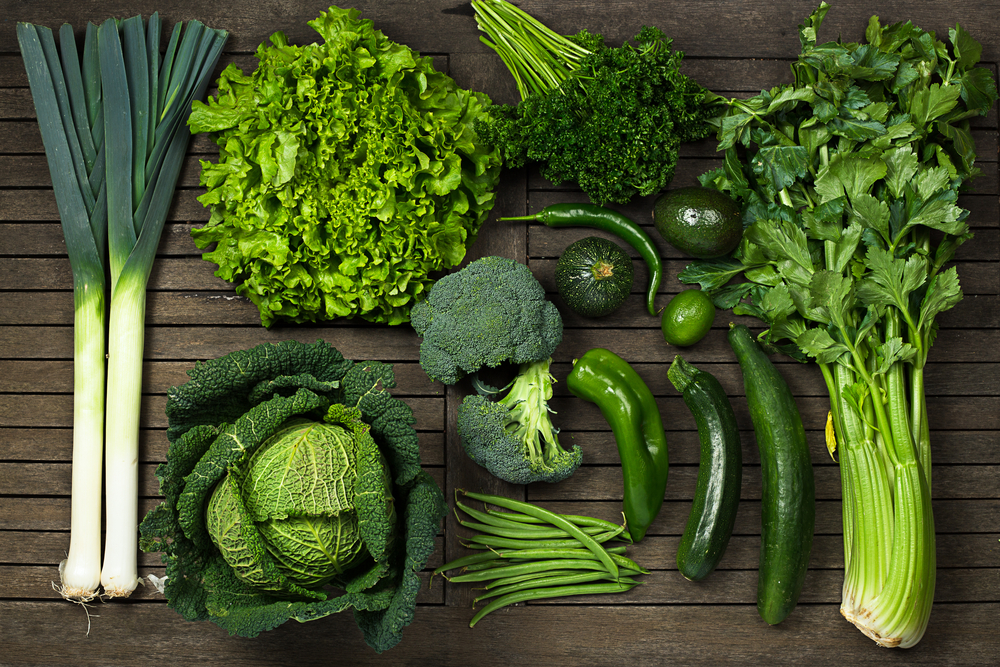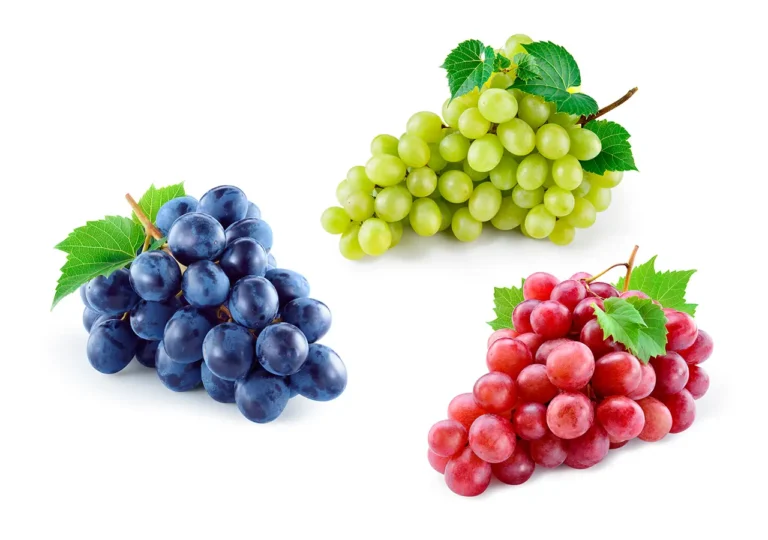How Leafy Greens Supercharge Your Brain and Energy Levels: The Science Behind the Power

Leafy greens have long been hailed as the cornerstone of a healthy diet—but their benefits extend far beyond basic nutrition. These humble vegetables are among the most powerful natural tools we have for increasing energy, sharpening cognitive function, and protecting the brain from age-related decline. From spinach to kale, collards to arugula, these nutrient-dense greens are loaded with compounds that actively support mental clarity, focus, and long-term neurological health.
In this article, we’ll explore:
- The science-backed benefits of leafy greens for brain and energy function
- The key nutrients in greens that boost cognition and vitality
- How to incorporate them into your daily routine for maximum results
- Simple, delicious recipes and meal ideas
- Tips for choosing and storing greens to retain their nutritional punch
Why Your Brain Loves Leafy Greens
Your brain is a high-performance organ, and it requires top-quality fuel. Leafy greens provide this in abundance through an impressive range of nutrients including:
- Folate
- Vitamin K
- Lutein
- Beta-carotene
- Iron and Magnesium
- Nitrates
These compounds directly influence brain function, from neurotransmitter production to improved blood flow and neural protection.
The Nutritional Powerhouses in Leafy Greens
1. Folate (Vitamin B9)
Folate is crucial for producing DNA and neurotransmitters like serotonin and dopamine. Low folate levels have been linked to memory problems, mood disorders, and even fatigue. Spinach and romaine lettuce are among the best folate sources in the plant kingdom.
2. Vitamin K
Vital for cognitive function, vitamin K helps produce sphingolipids—important components of brain cell membranes. Kale, collards, and Swiss chard are exceptionally rich in vitamin K, making them perfect for brain support.
3. Lutein and Beta-Carotene
These antioxidants protect brain cells from oxidative stress and have been shown to improve memory and processing speed. Lutein in particular accumulates in the brain and eyes, aiding vision and mental clarity.
4. Iron
Iron helps carry oxygen to your brain and muscles. Without it, energy drops and brain fog sets in. Leafy greens like spinach and beet greens provide plant-based iron, especially when paired with vitamin C for better absorption.
5. Magnesium
This essential mineral calms the nervous system and supports energy metabolism. Magnesium-rich greens help reduce anxiety and improve sleep quality, which further enhances mental performance.
6. Natural Nitrates
Greens like arugula and beet greens contain nitrates that convert into nitric oxide in the body. This compound dilates blood vessels, boosting blood flow to the brain and muscles—resulting in more energy and mental alertness.
Scientific Backing: What Research Shows
A landmark study published in Neurology (2018) followed older adults for nearly five years and found that those who ate one to two servings of leafy greens daily had the brain function of someone 11 years younger.
Another study in The American Journal of Clinical Nutrition showed that increased lutein levels in the brain correlated with better verbal fluency and working memory in older adults.
Research also links magnesium deficiency with neurological problems such as migraines, ADHD symptoms, and depression—making greens a smart choice for holistic mental wellness.
Best Leafy Greens for Brain and Energy Boost
While all leafy greens are beneficial, some rise above the rest when it comes to brain and energy health:
| Leafy Green | Key Nutrients | Brain & Energy Benefit |
|---|---|---|
| Spinach | Folate, Iron, Magnesium | Boosts focus, combats fatigue |
| Kale | Vitamin K, Lutein, Beta-carotene | Supports memory, protects brain cells |
| Arugula | Nitrates, Vitamin C | Enhances blood flow, improves alertness |
| Collard Greens | Vitamin K, Calcium, Fiber | Supports nerve signaling, regulates mood |
| Swiss Chard | Magnesium, Vitamin A, Potassium | Reduces stress, supports nerve and muscle function |
How to Easily Add Leafy Greens to Your Diet
Breakfast Ideas
- Green smoothie with spinach, banana, almond butter, and oat milk
- Scrambled eggs with kale and feta
- Whole-grain avocado toast with arugula and hemp seeds
Lunch & Dinner Ideas
- Quinoa bowl with massaged kale, chickpeas, and lemon-tahini dressing
- Grilled salmon over Swiss chard sautéed in garlic and olive oil
- Veggie wrap with hummus, collards, cucumber, and carrots
Snacks & Sides
- Kale chips baked with olive oil and sea salt
- Green hummus (spinach blended with chickpeas and tahini)
- Romaine lettuce boats filled with tuna salad or grilled tofu
Tips for Buying, Storing, and Using Greens
- Buy fresh and organic when possible. Pesticides can counteract the benefits of greens.
- Use within 3–5 days of purchase for maximum nutrient retention.
- Store properly: Wrap in paper towel and keep in a breathable bag in the crisper drawer.
- Massage tougher greens like kale with lemon juice or olive oil to soften and sweeten them.
- Don’t discard stems—they’re rich in fiber and minerals. Use them in soups or stir-fries.
Common Myths About Leafy Greens—Busted
“They’re boring.”
With endless varieties and preparation methods, greens can be incredibly flavorful. Try sautéing, baking, blending, or fermenting.
“They’re hard to digest.”
For some people, raw greens cause bloating. Try steaming or lightly cooking them, or add digestive aids like lemon or ginger.
“You need to eat a lot to get benefits.”
Even one cup of cooked greens or two cups of raw greens a day can make a noticeable difference in energy and mental clarity.
Final Thoughts: Eat Smart, Think Sharp
Leafy greens are more than just a healthy side dish—they’re a daily dose of brain fuel and energy renewal. Whether you’re aiming to power through a busy day, stay mentally sharp as you age, or simply feel more vibrant, these vegetables deliver results backed by science.
Start small—add a handful of greens to your lunch, blend them into a smoothie, or swap your regular wrap for a collard leaf. The benefits will compound over time, leading to clearer thinking, better mood, and sustained energy.
📚 Trusted Sources for Further Reading
- Harvard T.H. Chan School of Public Health – The Nutrition Source: Vegetables and Fruits
Harvard explains the critical role leafy greens play in supporting brain function, reducing inflammation, and providing steady energy through essential vitamins and minerals. - National Institutes of Health (NIH) – Nutrients for Cognitive Function
NIH discusses how nutrients like folate, vitamin K, and antioxidants — found abundantly in leafy greens — help protect cognitive function and boost mental energy. - Cleveland Clinic – The Best Brain Foods You’re Not Eating Enough Of
Cleveland Clinic highlights how leafy greens like spinach, kale, and collard greens contribute to better memory, focus, and overall energy levels.





